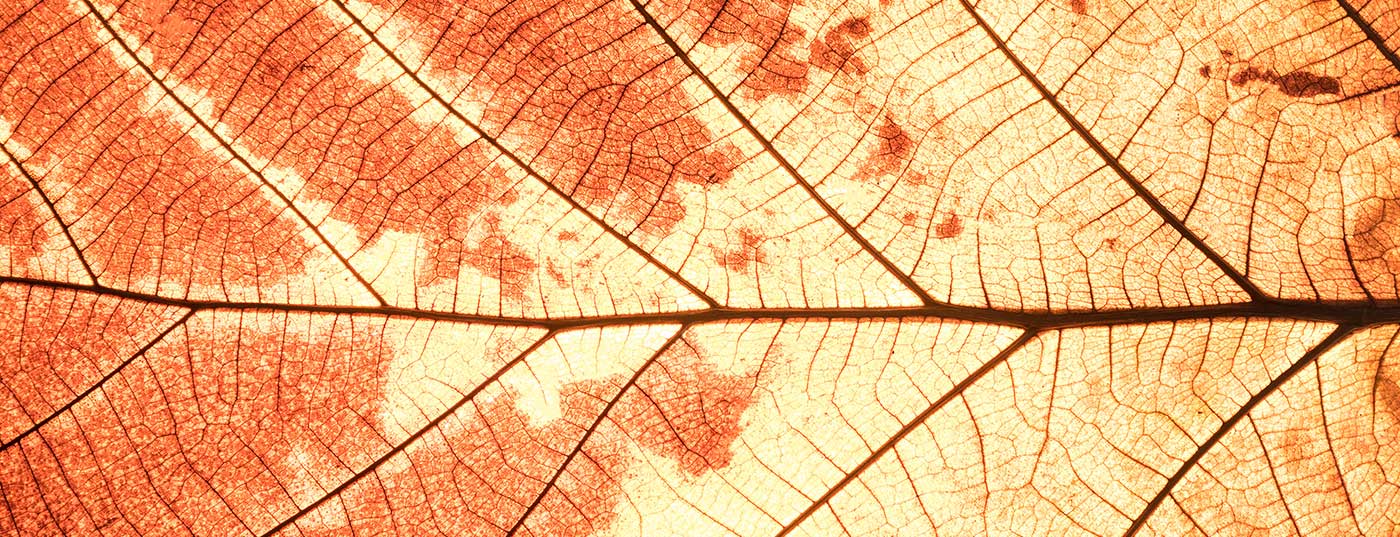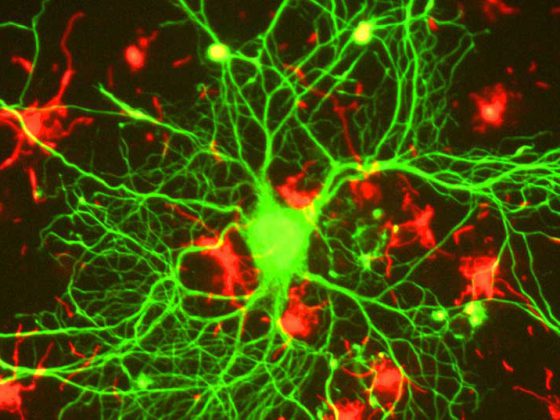Varicose vein surgery with saphenous vein stripping remains an important part of the treatment spectrum for varicose vein disease and is preferable to endovenous procedures for some forms of varicose veins. More than 15 years after the introduction of endoluminal catheter procedures for the treatment of truncal venous insufficiency, thermal ablation methods have become established as the standard of care for varicose vein disease, but development in the field of endovenous techniques is still ongoing. Further prospective studies on endovenous therapies need to provide long-term data on recanalization rates, improvement of clinical symptoms and quality of life compared to classical surgery. The challenge is to optimally tailor the treatment of varicose vein disease to the needs of the patient by selecting appropriate therapeutic procedures or combinations.
Varicosis with the sequelae of chronic venous insufficiency is one of the most common diseases in the Western world with a prevalence of 6-23%. The Bonn Vein Study conducted in 2003 showed that one in five men and one in three women suffer from varicose veins. Primary varicosis is a degenerative disease of the vein wall or veins. -valves in the superficial venous system of the legs. The exact etiology is not fully understood. Under the influence of various factors (e.g., genetic predisposition, orthostasis stress, pregnancy, use of contraceptives), varices of varying severity develop. The goals of the therapy of varicose vein disease are – in addition to the gain in quality of life and a cosmetic effect that should not be neglected – the regredience of varicosis-related complaints, a prevention of the progression of the venous disease by eliminating the superficial reflux and the prevention of a leg ulcer.
Therapeutic options include conservative (compression therapy, lymphatic drainage, activation of the muscle-calf pump, etc.) and surgical-interventional measures (classical surgery, endovenous ablation, valvuloplasty, sclerotherapy).
Classic operation
The classical varicectomy with crossectomy, vein stripping, phlebectomy and perforator ligation resp. -exhairesis, often performed under general anesthesia, but also under regional or local anesthesia, interrupts the pathological recirculation circuit and leads to normalization of venous hemodynamics. Inguinal crossectomy involves repair of the great saphenous vein with ligation of all confluent side branches in the groin to the common femoral vein and ligation of any separate confluent branches on the deep vein. After setting down the insufficient truncal vein at the deep vein, (inverting) stripping to the distal point of insufficiency is performed. Any additionally diagnosed insufficient perforating veins should be interrupted or exhirated. The extent and necessity of ligation of the perforating veins to prevent recurrence are controversial. Existing cosmetically and functionally disturbing varicose side branches are additionally removed using phlebectomy hooks as part of the general anesthesia of classic varicose vein surgery or with tumescent or local anesthesia as an adjunct to another therapeutic procedure on one or two sides. The success of surgical varicose vein surgery, with a saphenous vein closure rate of 97.2% immediately postoperatively and 95.2% after one year, represents the reference value for other therapeutic procedures. In the case of recurrence, a distinction should be made between technical failure, neovascularization, and progression of the underlying disease.
External valvuloplasty
Another surgical procedure, but preserving the vein, which is particularly suitable for truncal vein disease in the early stage (Hach I), is the reconstruction of the orifice valve or valve intervention along the trunk of the great saphenous vein by means of extraluminal valvuloplasty. The affected vein sections are exposed and the vessel caliber is then reduced by a plastic patch in the sense of a “banding”.
Endoluminal therapy methods
With the goal of less invasiveness, avoidance of general anesthesia through the use of tumescent or local anesthesia, and shortened convalescence, ultrasound-guided endovenous procedures have been established in recent years that thermally, chemically, and/or mechanically induce phlebitis of the vein segment to be treated (usually a truncal vein) without the need for surgical crossectomy.
Similarly, in most endoluminal procedures, a catheter probe is inserted percutaneously at the distal point of insufficiency, usually under ultrasound guidance, either directly or through a sheath, approximately 1.5-2 cm distal to the crosse or coronary artery. positioned at the mouth of the truncal vein. Thermal ablation procedures require tumescent anesthesia to protect the surrounding tissue. For this purpose, the distance between the vein and the skin or skin tissue should be reduced by injecting tumescent fluid intrafacially, if possible. Muscle fascia surface to be increased.
Endovenous thermal ablation
Endoluminal radiofrequency ablation: Two competing catheters are currently available for endoluminal radiofrequency therapy: the VNUS-Closure-Fast® and the RFITT/F-care® catheter. In the VNUS-Closure-Fast®, a 7 cm long end piece is heated to 120° with radiofrequency energy. In this case, the vein sections are not treated by continuous retraction, but segmentally; compared to the predecessor model VNUS-Closure®, there is a higher energy delivery to the vein wall. A primary closure rate (occlusion of the saphenous vein) three days postintervention of 99% is achieved, and it is 95.2% after one year.
In radiofrequency-induced thermotherapy (RFITT/F-care®), a bipolar catheter is positioned close to the crosse under duplex control. Under continuous retraction, the vein is then heated and occluded via the high-frequency current in an impedance-controlled manner. The closure rates are similar.
Endoluminal laser therapy: In this method, which is also performed under perivenous tumescent anesthesia, the probe tip of an optical fiber cable is advanced from distal to the orifice region of the truncal vein by puncture or exposure of the truncal vein under ultrasound guidance. Subsequently, the vein is radially heated with laser energy to temperatures of up to 120° and thermal damage to the vein wall is achieved. This leads to shrinkage of the varicose vein and formation of a thrombotic occlusion. The effectiveness of the occlusion depends on the energy used (joules) and the vein diameter. The application of laser energy can be pulsed or continuous. The primary closure rates are 98% postinterventionally after three days with the advanced diode laser radiating a wavelength of 1470 nm; after one year, 94% of the truncal veins are closed.
Endovenous non-thermal catheter ablation
The decisive advantages of these procedures are the lack of need for anesthesia or pervenous tumescence and thus the feasibility of performing them under pure local anesthesia at the puncture site of the vein.
Endoluminal catheter-assisted foam sclerotherapy: in endoluminal catheter-assisted foam sclerotherapy, a Fogarty-like catheter is placed through an airlock. After expansion of a balloon preventing proximal outflow of the foam sclerosant, polidocanol 0.25-3% is applied as a foam directly into the orifice area and retracting into the trunk of the vein. The vein diameter and the recommended maximum amount of foam limit the procedure – with a relatively high recurrence rate (about 20% after three years).
Endoluminal mechano-chemical catheter sclerotherapy: The ClariVein® procedure is a mechanical sclerotherapy in which the kinked tip of the catheter rotates along the vein wall under retraction at approximately 3500 rpm, inducing vein spasm and damage. When liquid polidocanol is applied simultaneously, it is dispersed and leads to permanent occlusion of the vein (occlusion rate after three days 99%, after one year 94%).
Vein glue: Vein glue (VenaSeal®) is the latest endovenous catheter procedure in which cyanoacrylate is delivered through a catheter under ultrasound guidance and compression. With high primary occlusion rates, there is little data to date on late outcomes (occlusion rate at one year 92%).
Sclerotherapy
Chemical sclerotherapy of varices is also based on local damage to the endothelium with the aim of fibrosis and permanent obliteration of the diseased vein. Injection of liquid or foamed sclerosant (often polidocanol 0.25-3%) is the first choice for reticular varicose or spider veins. Foam sclerotherapy is also a treatment option with good tolerability in the treatment of leg ulcers (sclerotherapy of varicose veins in the ulcer area) or varicose changes that are difficult to access with other therapy methods (e.g. pudendal or vulvar varicose veins). Since the recommended maximum applicable foam volume (approx. 10 ml per application), foam sclerotherapy reaches its limits from a vein diameter of 8 mm. Occlusion rates for treatment of truncal veins are inferior to those of surgery and endoluminal procedures (occlusion rate after three days 98%, but only 83% after one year).
Conclusion
All procedures for the treatment of varicosis have their justification. The challenge in the modern treatment of varicose vein disease consists – in addition to an exact diagnosis with duplex ultrasound examination of the superficial and deep vein system – in finding the therapy appropriate to the stage and optimally adapted to the needs of the patient (combinations are also possible) and to apply it correctly in terms of timing.
In addition, current aspects of billing and payment must be taken into account when choosing a procedure. Here, too, the classic operation applies with regard to DRG resp. TARMED tariff as a reference. As of 2016, mandatory health insurance now reimburses endovenous thermal procedures (laser and radiofrequency therapy) in the outpatient setting as analogy items. However, the definitive pricing will not influence the choice of procedure until 2017 at the earliest, with the overall revision of the outpatient rate structure.
Further reading:
- Rabe E, et al: Bonner Venenstudie der Gesellschaft für Phlebologie – Epidemische Untersuchung zur Häufigkeit von chronischen Venenerkrankungen in der städtischen und ländlichen Wohnbevölkerung. Phlebology 2003; 32: 1-14.
- Nüllen H, Noppeney T: Diagnosis and treatment of varicose veins: Part 1: definition, epidemiology, ethiology, classification, clinical aspects, diagnostic and indications. Surgeon 2010; 81: 1035-1044.
- Wittens C, et al: Editor’s Choice – Management of Chronic Venous Disease: Clinical Practice Guidelines of the European Society for Vascular Surgery (ESVS). Eur J Vasc Endovasc Surg 2015; 49: 678-737.
- Almeida JI, et al: Radiofrequency endovenous ClosureFAST versus laser ablation for the treatment of great saphenous reflux: a multicenter, single-blinded, randomized study (RECOVERY study). J Vasc Interv Radiol 2009; 20: 752-759.
- Pannier F, et al: Endovenous laser ablation of great saphenous veins using a 1470 nm diode laser and the radial fibre e follow-up after six months. Phlebology 2011; 26: 35-39.
- Milleret R, et al: Great Saphenous vein ablation with steam injection: results of a multicentre study. Eur J Vasc Endovasc Surg 2013; 45: 391-396.
- Elias S, Raines JK: Mechanochemical tumescentless endovenous ablation: final results of the initial clinical trial. Phlebology 2012; 27: 67-72.
- Rabe E, et al: European guidelines for sclerotherapy in chronic venous disorders. Phlebology 2013; 29(6): 338-354.
- Rasmussen LH, et al: Randomized clinical trial comparing endovenous laser ablation, radiofrequency ablation, foam sclerotherapy and surgical stripping for great saphenous varicose veins. Br J Surg 2011; 98: 1079-1087.
- Kalodiki E, et al: Long-term results of a randomized controlled trial on ultrasound-guided foam sclerotherapy combined with saphenofemoral ligation vs standard surgery for varicose veins. J Vasc Surg 2012; 55: 451-457.
CARDIOVASC 2016; 15(4): 21-23
HAUSARZT PRAXIS 2017; 12(1): 27-30











